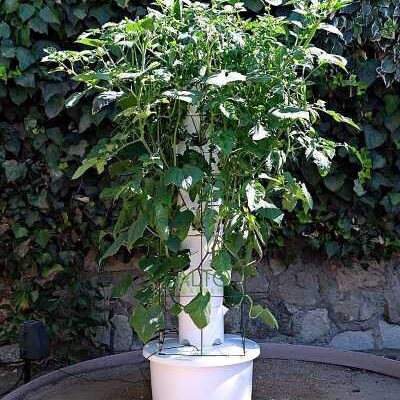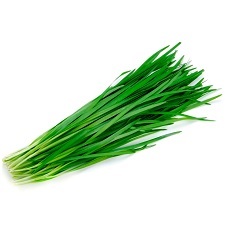
Growing fresh produce at home has never been more accessible, thanks to advances in hydroponics. A hydroponic tower garden leverages vertical design and water-based nutrients to deliver consistent, high-quality harvests from seed to table. This article outlines a step-by-step guide—from planning and germination to harvest and beyond—so you can achieve thriving crops and make the most of your vertical garden investment.
Planning a Hydroponic Tower Garden
Preparation is key to avoiding pitfalls and ensuring robust growth.
Orientation and Lighting
- Natural vs. Supplemental Light: If outdoor space is limited, equip your tower with full-spectrum LED grow lights on adjustable timers (12–16 hours daily).
- Tower Placement: Indoors, situate near a south- or west-facing window. Outdoors, protect from heavy winds and extreme temperatures.
Nutrient Formulation
Mix a balanced hydroponic nutrient solution based on your plants’ growth stage:
- Vegetative: Higher nitrogen ratio to support leafy growth.
- Flowering/Fruiting: Increased phosphorus and potassium levels to encourage blooms and fruit set.

Seed Germination to Transplant
Healthy beginnings set the stage for bountiful yields.
Germination Strategies
- Medium Selection: Use sterile rockwool cubes or biodegradable plugs.
- Moisture Control: Keep cubes damp but not saturated; mist with pH-adjusted water.
- Optimal Conditions: Maintain 20–24 °C and 70% humidity during sprouting.
Transplanting Seedlings
Once cotyledons appear and seedlings develop sturdy roots:
- Acclimation: Gradually expose to tower’s nutrient solution over 2–3 days.
- Insertion: Gently place seedlings into net pots filled with inert media, ensuring roots make contact with circulating nutrients.
Growth Stage Optimisation
As plants mature, they fine-tune environmental and nutritional parameters.
ph and EC Monitoring
- Daily Checks: Adjust ph to remain within the target range; replenish or dilute nutrient solution to maintain EC.
- Water Temperature: Keep between 18–22 °C to optimise oxygen solubility and nutrient uptake.
Pruning and Training
- Topping: Remove apical tips on herbs to encourage bushier growth.
- Support Structures: For vining crops (tomatoes, cucumbers), add trellises or clips to guide upward growth.
Harvesting and Post-Harvest Handling
Timely harvest ensures peak flavour and nutrient content.
When to Harvest
- Leafy Greens: Clip outer leaves once they reach 4–6 inches.
- Herbs: Harvest selectively, snipping just above leaf nodes.
- Fruiting Crops: Pick when fruits are fully colored and yield slightly to gentle pressure.
Preserving Freshness
Rinse produce in cool, filtered water and gently pat dry. For herbs, wrap in damp paper towels and store in sealed containers in the fridge.

Advanced Tips for Vertical Garden Enthusiasts
Elevate your hydroponic tower system with these strategies.
Succession Planting
Stagger sowing dates every 1–2 weeks to maintain a continuous harvest cycle and avoid large gaps between yields.
Integrating Companion Plants
Combine compatible species (e.g., basil near tomatoes) to deter pests and enhance flavour profiles naturally.
Seasonal Adjustments
- Indoor to Outdoor Transition: Monitor local temperatures; move towers outdoors when night lows exceed 12 °C, then back inside before cold snaps.
- Light Duration: Extend or shorten LED schedules to mimic seasonal day length and influence flowering.
Conclusion
Implementing a vertical garden with cutting-edge hydroponic towers enables consistent, high-quality harvests from seed to plate. By mastering germination, nutrient management, and environmental control, you’ll maximise growth rates and yields while conserving water and space. Embark on a rewarding journey of home-grown abundance today—your future harvests are just a tower away with ALTO Garden.







